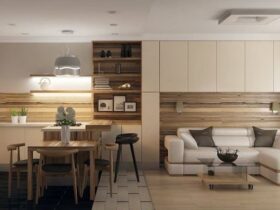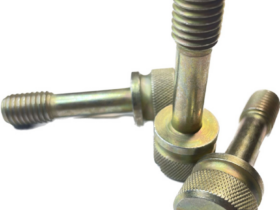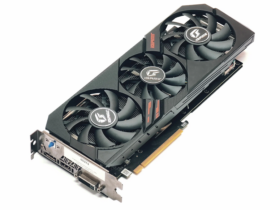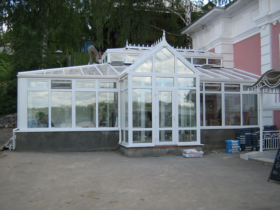Strong and durable PVC window sill is an excellent alternative to the usual wooden window sills. From the same plastic today both sexual and fence boards are made — materials, albeit new for the Russian market, but already quite popular.
Window board — do -it -yourself installation
Video Instructions for the installation of PVC panels
The first thing that comes to mind when mentioning the polyvinyl chloride boards is window sills installed along with plastic windows. However, it is not necessary to order the installation of such an “accessory”, coupled with the installation of windows — you can put it on your own.
First you need to decide on the width and length of the window sill and in accordance with this to purchase the segment of the window board you need. As a rule, the length of the window sill should be approximately 15 cm larger than the window width. The width of the window sill in most cases is selected so that it plays for the lower part of the slope by five to seven centimeters. In some cases, window sills are installed so that they enter the wall a few centimeters on each side — for this you need to last slopes.
In the event that the window sill is installed above the central heating battery, the gap between them should be at least 10-centimeter, otherwise condensate may form on the windows.
First, special plastic pegs are placed under the windowsill and align it using the level. Put the windowsill with a small slope towards the room. Then, between the windowsill and the upper slope, some spacers are installed or something heavy is placed on it. After that, all the voids under the windowsill are discouraged. It is better to take a professional foam, since it practically does not expand during the solidification. Lastly, decorative plugs are put on the ends of the window sill.
How the PVC floor is placed
The video shows the process of wall decoration PVC panels
Terrace board (its thickness is from 20 to 40 mm) is made of thick PVC that can withstand daily load. It is used mainly to create open terraces, recreation sites or barbecue, and also put near the pools. Among the advantages of such a board, several of the most important ones can be noted:
Lightness in care;
moisture resistance;
natural appearance;
resistance to detergents;
resistance to fungi, mold and insects;
fire resistance.
However, such a board is not devoid of certain disadvantages: in a humid state it is quite slippery, and with prolonged exposure to the sun, it heats markedly. And the price of such a board is not the smallest. There are no such shortcomings made of wooden chips and special plastic (DPP) — deck, but its price is even higher than that of ordinary PVC.
This board is laid in the same way as an ordinary wooden floor board. Dry -cut boards or a beam of the same PVC or composite material can be used as a lag. You can mount the boards both close to each other and at a distance, which will ensure a light “care” of water. For fastening to the lags, self -tapping screws or special brackets (Klyimers) are used. Special plugs are installed on the ends of the boards.
Plastic board for fences
And another building material from PVC — a fence board. Outwardly this material is most like a plastic lining. However, unlike it, its thickness is 20 mm (in the lining — 10 mm). There are also boards without grooves that can be mounted both close to each other and with a gap. The pillars and horizontal lag for such fences are based on a metal frame that gives them reliability and stability.
When installing the fence from this material, the markings are primarily made, then the pits are dug under the poles and installed, verifying the verticality using the level. The depth of the hole should be a quarter from the total length of the pillar, and the diameter is two and a half times higher than the diameter of the pillar. Pillars are fixed with spacers and covered with soil. Then, horizontal lags are installed in the holes on the pillars, to which the board itself is attached using self -tapping screws. It is very important during installation not to fasten the screws too much, pushing plastic, otherwise in winter it can simply crack.
After installing all the boards, plastic plugs or a special rating are put on them. The pillars are also attached to plugs that will serve not only by decoration of the fence, but also do not let moisture penetrate inside. The installed fence can be painted in any color by picking up the enamel that falls well on the plastic.













Оставить коммент.